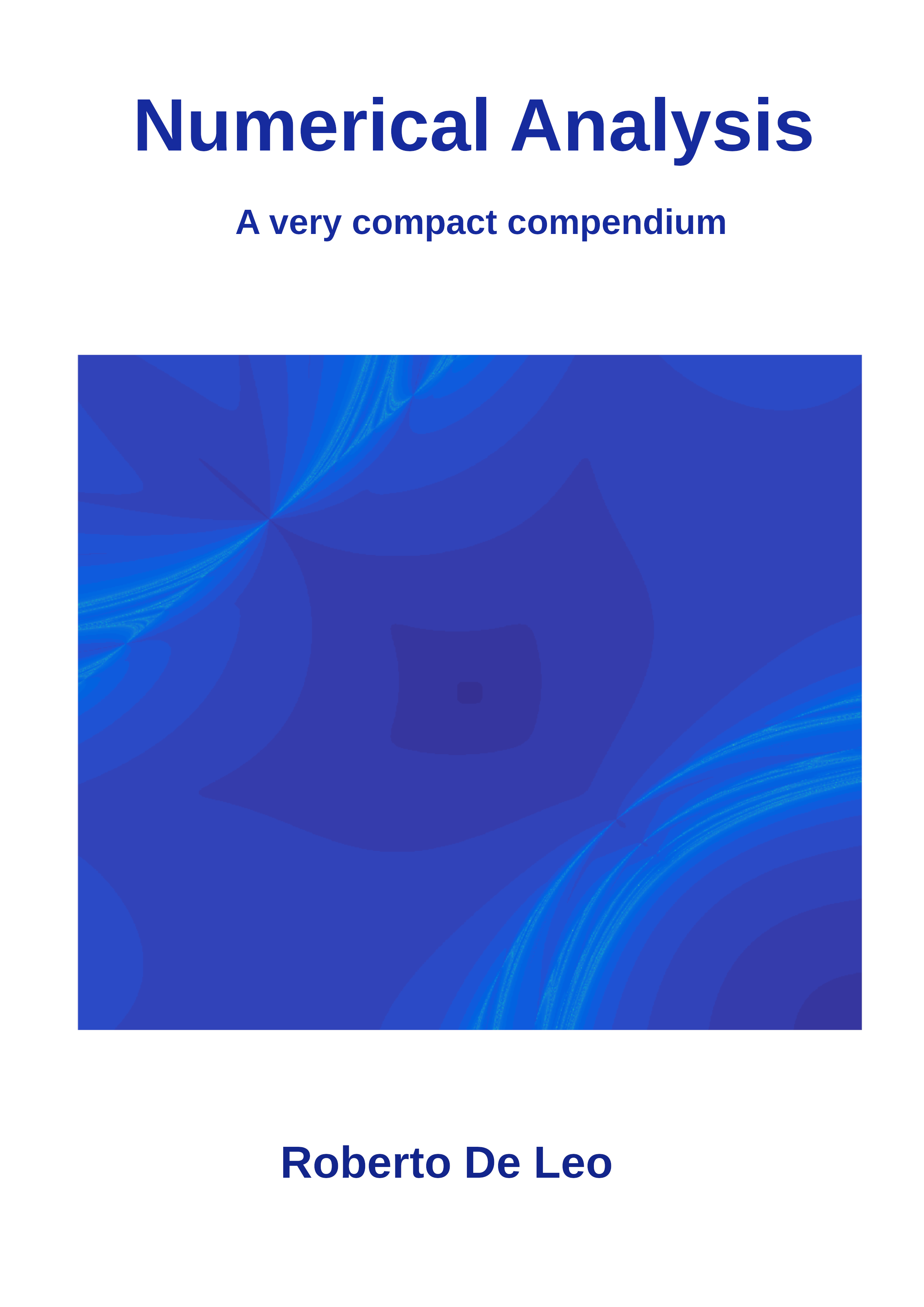Section 5.5 Python/MATLAB recap
Eigenvalues and eigenvectors. MATLAB/Python has its own function to evaluate eigenvalues and eigenvectors of a matrix. Given a \(n\times n\) matrixA, one can fill up a vector e with the list of all eigenvalues with the command e=eig(A). By writing, instead, [V,D]=eig(A), the variables V and D are filled with two \(n\times n\) matrices. The columns of the first are all eigenvectors of length 1. The second is a diagonal matrix whose diagonal elements are the eigenvalues of A so that the \(k\)-th column of V is en eigenvector of A with eigenvalue equal to the \(k\)-th element of the diagonal of D.
Norms. In this Chapter's code we evaluated explicitly the Euclidean norm of a 2-components vector v. We could have accomplish the same thing using MATLAB/Python's own function norm(v,1). In general, norm(v,p) gives the \(p\)-norm
\begin{equation*}
\left[|v_1|^p+\dots+|v_n|^p\right]^{(1/p)}.
\end{equation*}
In particular, the taxicab norm is given by norm(v,1) and the Euclidean one by norm(v,2). Below we re-write the power method code using this function:
QR decomposition. MATLAB/Python can evaluate QR decompositions. The command [Q,R]=qr(A) gives the standard QR decomposition of a square matrix \(A\text{,}\) namely \(A=QR\text{.}\) The command [Q,R,P]=qr(A) gives the 'column pivoting' QR decomposition of a square matrix \(A\text{.}\) In this case, \(AP=QR\text{,}\) where \(P\) is a permutation matrix. It makes sense to use a pivoted decomposition when \(A\) is close to being degenerate.